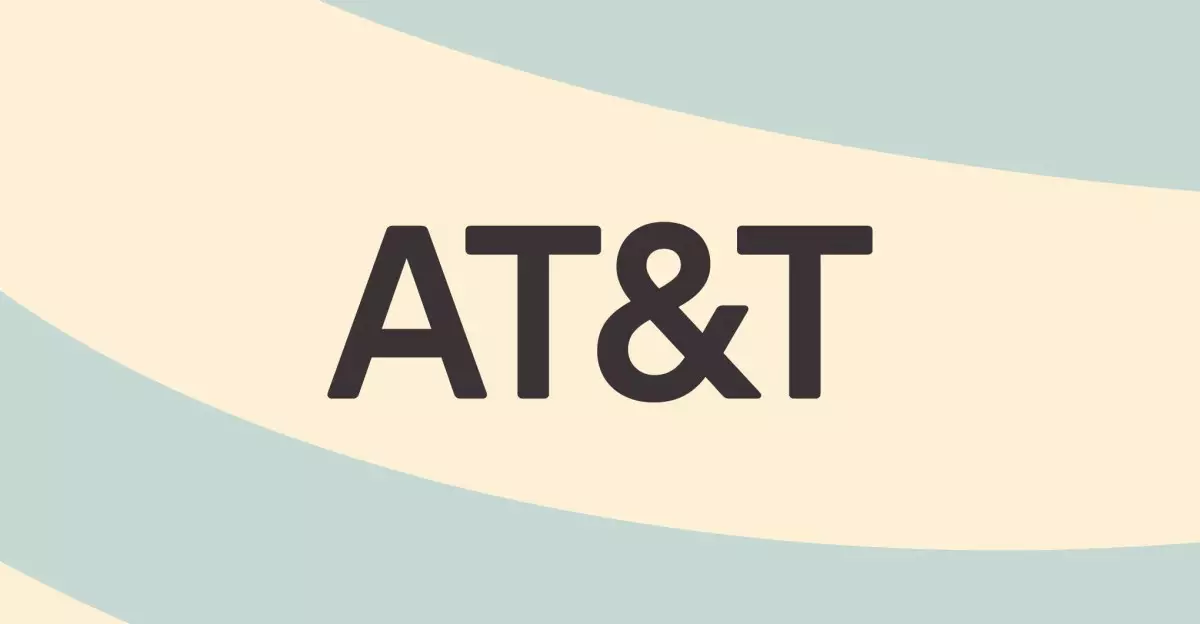In a bid to elevate user experience and provide more information during incoming calls, AT&T has announced a new feature designed specifically for Android users on their network. This tool, which indicates the nature of a call from businesses directly on the incoming call screen, represents a significant step forward in the often frustrating landscape of unsolicited and business-related phone calls. By offering insights like “refill reminder” or “delivery service,” AT&T hopes to empower users to make informed decisions about which calls to answer.
This innovative feature builds on the branded calling capabilities introduced the previous year with TransUnion. The mechanics behind it are streamlined: when a business calls, they can choose to add a specific message that provides context for the call. This message will not only appear on the call screen but also remain accessible in the call details section, ensuring that users have multiple opportunities to engage with the information. Importantly, users are not required to take any additional steps to see these messages—similar to the verified number badges that have become commonplace in our digital communication experience.
The main advantage this feature offers is enhanced peace of mind. With rising concerns over spam and robocalls, a clear indication of who is calling and why can greatly reduce the anxiety associated with answering unfamiliar numbers. For instance, if your pharmacy rings in, notifying you of a prescription refill, you will feel more inclined to pick up, knowing the call is likely legitimate. Similarly, for those who utilize delivery services frequently, being alerted to their arrival can eliminate confusion and bolster customer experience.
Limitations of the New Feature
Despite its potential benefits, the rollout of this feature is not without its limitations. Currently, it is exclusive to Android devices, which may alienate a significant segment of AT&T’s customer base, particularly in the United States where iPhone usage is prevalent. This exclusivity could hinder the overall efficacy of the tool, as a large number of potential users will not have access to it. Moreover, although the feature is intended to improve user experience, its reliance on businesses to opt-in could limit its widespread implementation and effectiveness in providing a comprehensive caller identification solution.
AT&T’s introduction of a contextual calling feature for Android users is undeniably a step in the right direction, reflecting the company’s commitment to improving customer service in an era marked by digital communication overload. However, for this feature to reach its full potential, it must overcome certain barriers, including broadening access to iPhone users and encouraging businesses to utilize it proactively. In a market where consumer trust is paramount, such initiatives can go a long way toward restoring confidence in the phone network, but success will hinge on inclusive practices and widespread adoption. As consumers increasingly demand transparency and efficient communication, AT&T’s efforts could set a new benchmark in the telecom industry—if they can get it right for all users.


Leave a Reply
You must be logged in to post a comment.